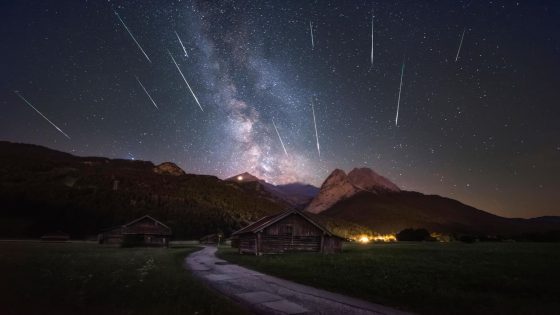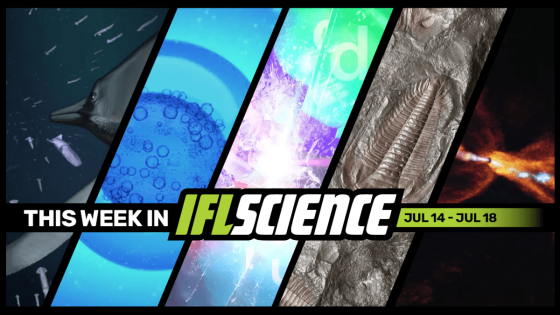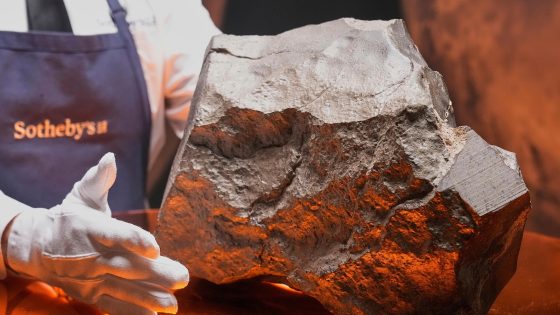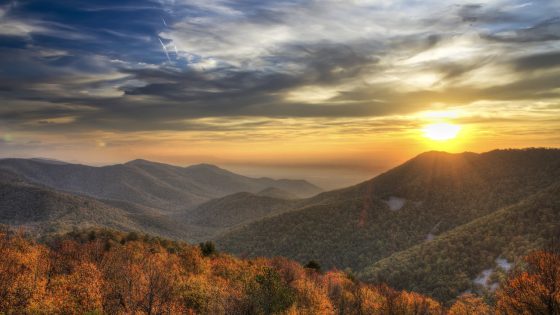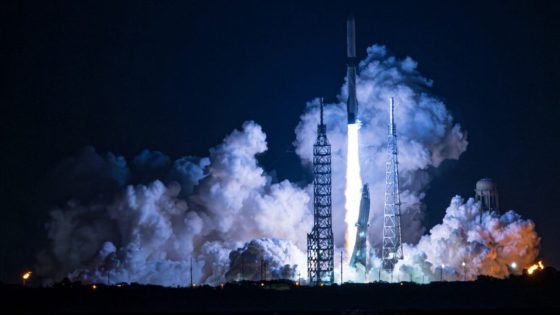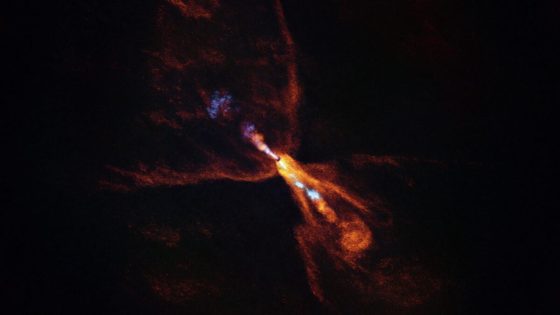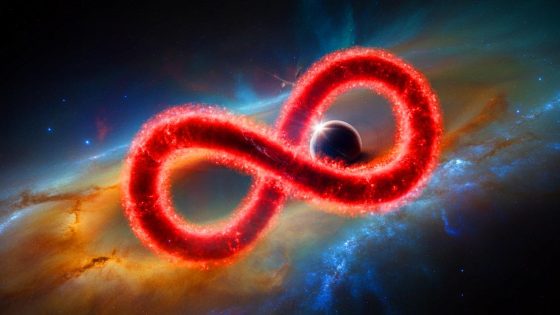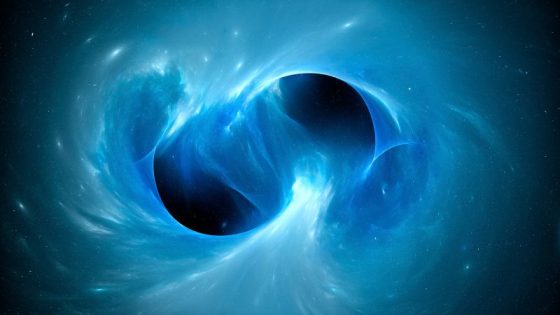This summer, skywatchers can enjoy the spectacular Delta Aquariids and Alpha Capricornids meteor showers peaking on the night of July 29 into the early hours of July 30. With the waxing crescent moon setting early, conditions are perfect for spotting shooting stars, making it an ideal night for stargazing. Observers can expect up to 30 meteors per hour, with the potential for a few extra from the upcoming Perseids meteor shower.
- 2018 Perseids meteor shower captured in Alps.
- Delta Aquariids and Alpha Capricornids peak July 29.
- Best viewing time: midnight to early morning.
- Look towards Aquarius and Capricornus constellations.
- Up to 30 meteors per hour possible.
- Avoid city lights for optimal viewing conditions.
To maximize your viewing experience, head outside after dark on July 29, ideally between midnight and dawn on July 30. Look towards the southern sky for the Delta Aquariids radiating from Aquarius and the Alpha Capricornids from Capricornus. The Perseids, peaking in August, will be visible rising in the northeastern sky.
Why do meteor showers captivate so many? The fleeting beauty of shooting stars reminds US of the vastness of our universe. Observers should consider these points:
- Delta Aquariids produce about 25 meteors per hour, while Alpha Capricornids add 5–10.
- Faint meteors often require dark skies for visibility.
- Allow your eyes to adjust to the darkness for optimal viewing.
- A wide view of the sky increases your chances of spotting meteors.



